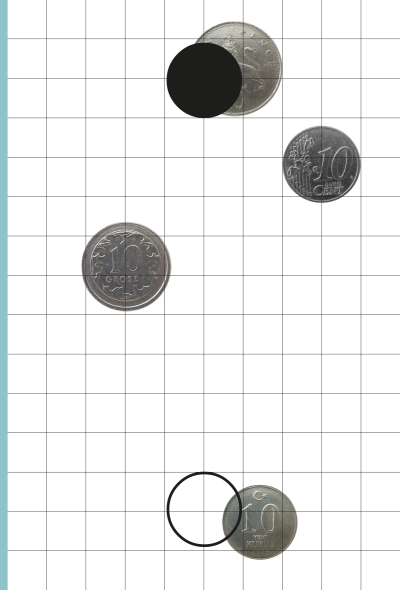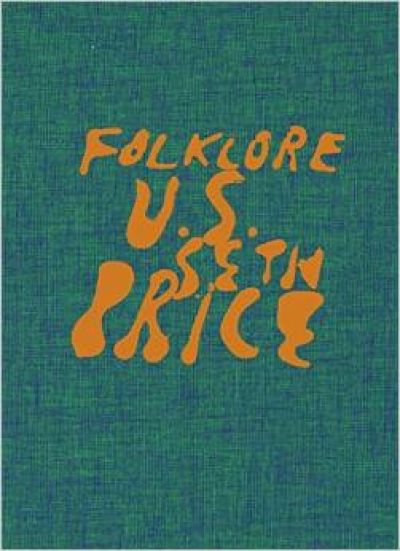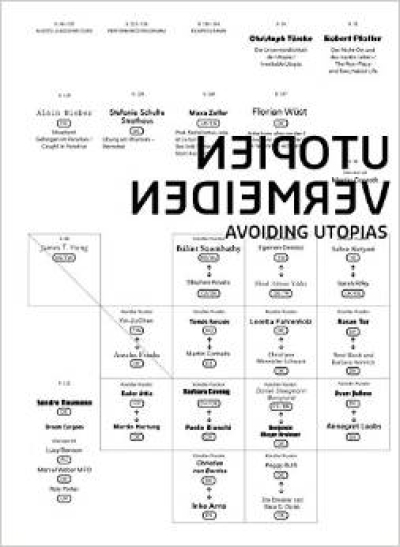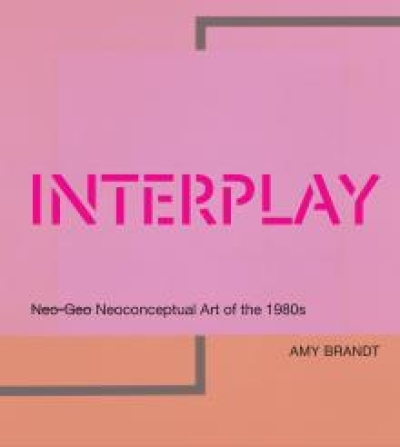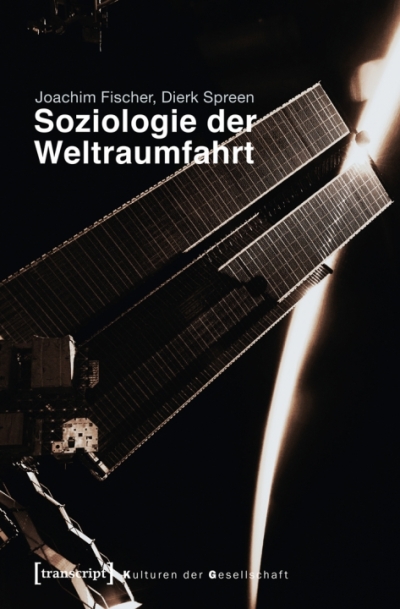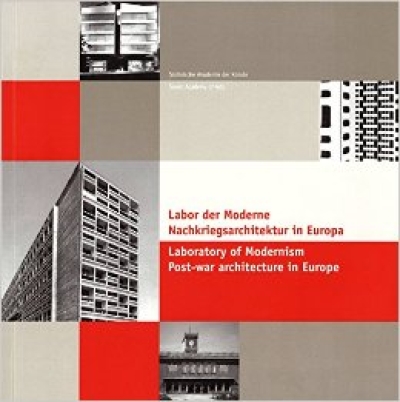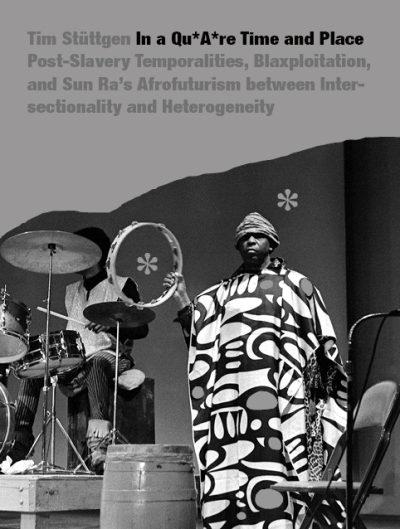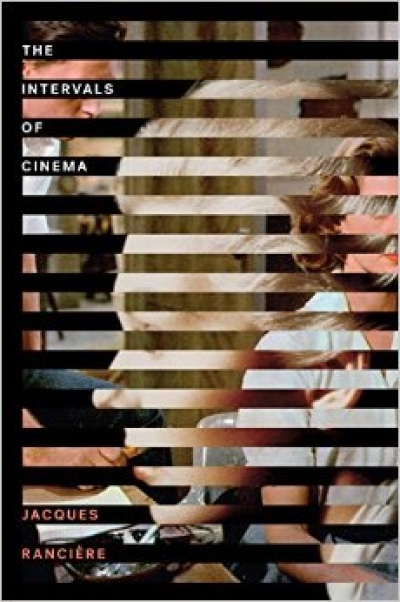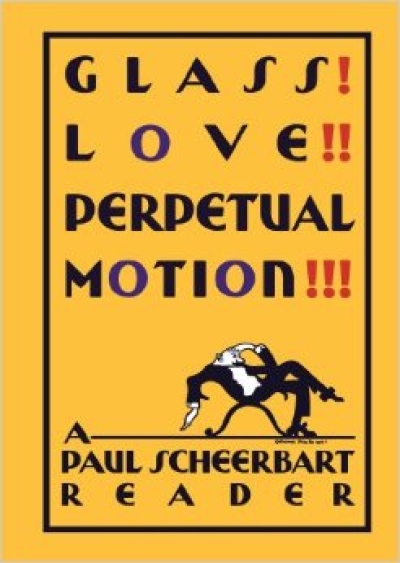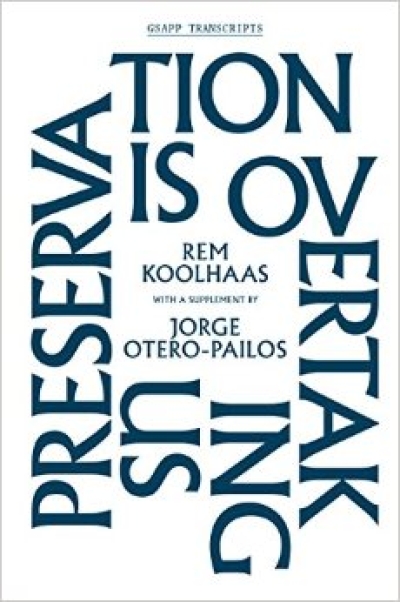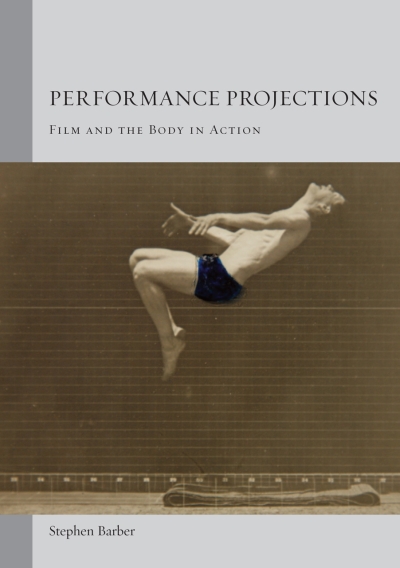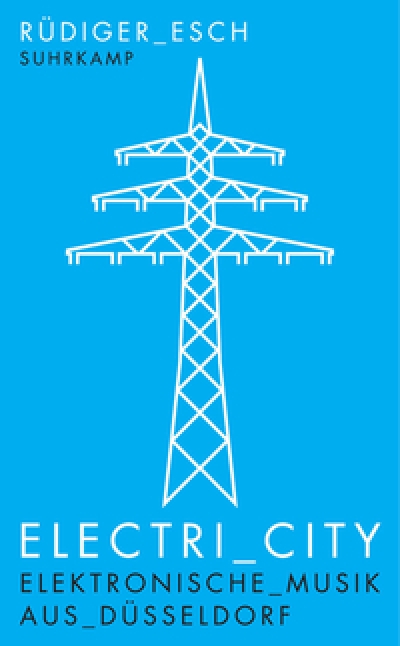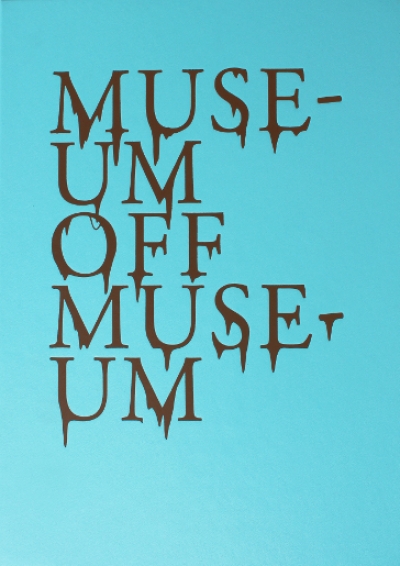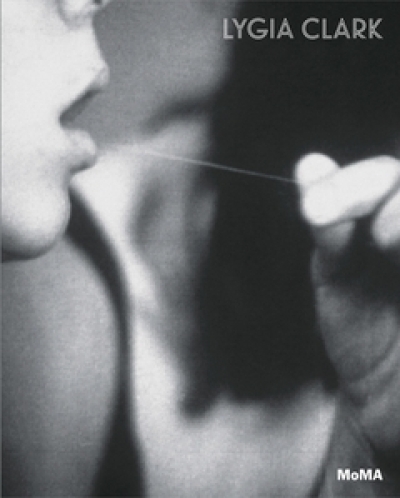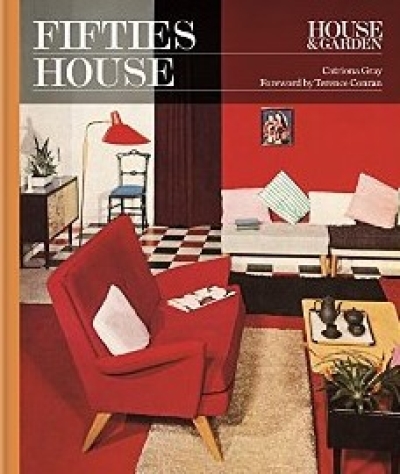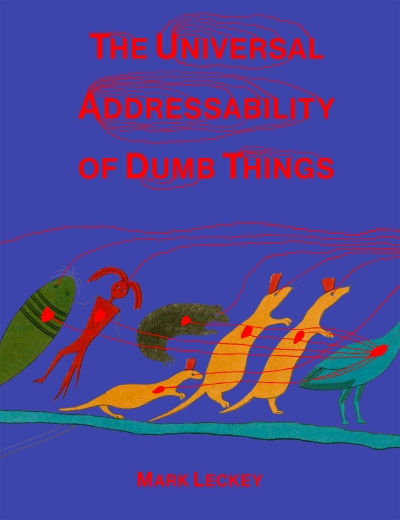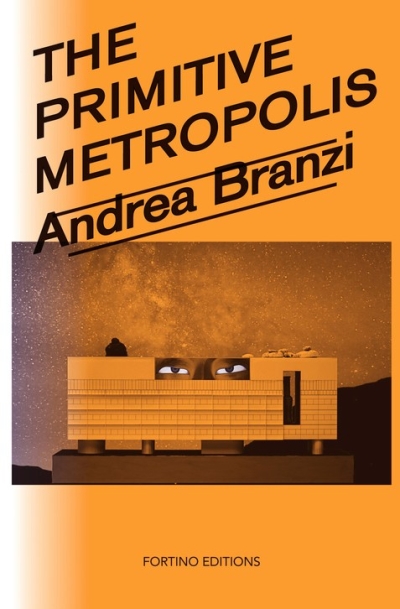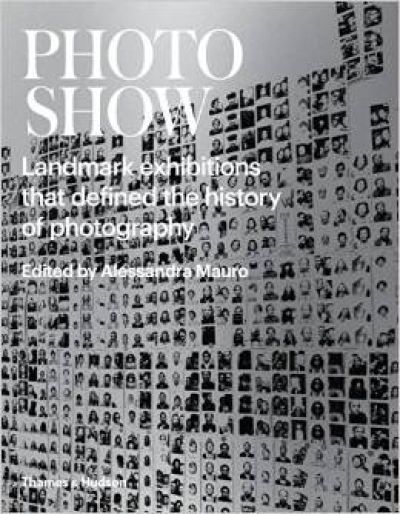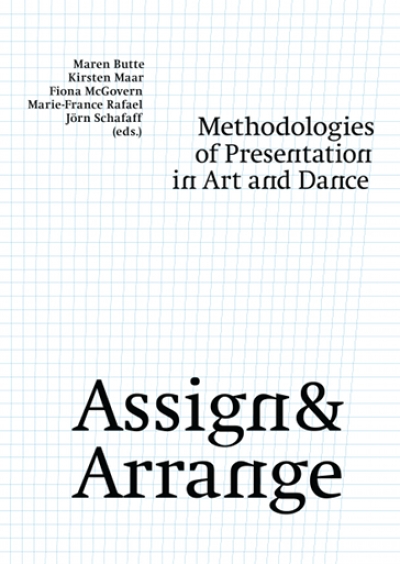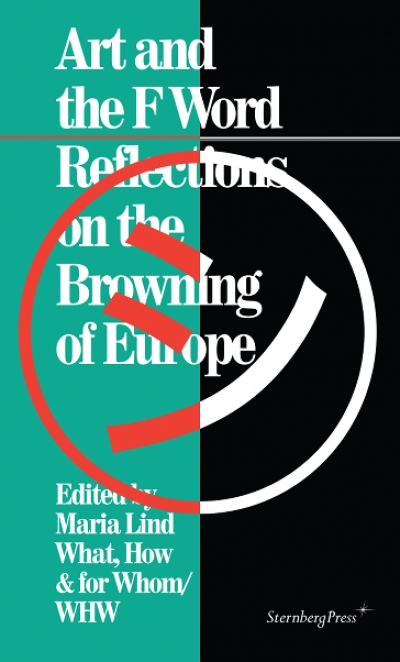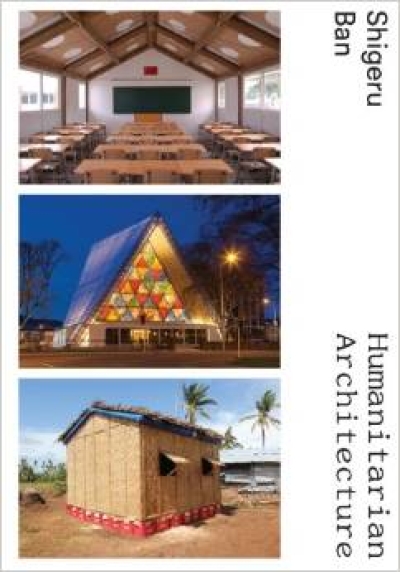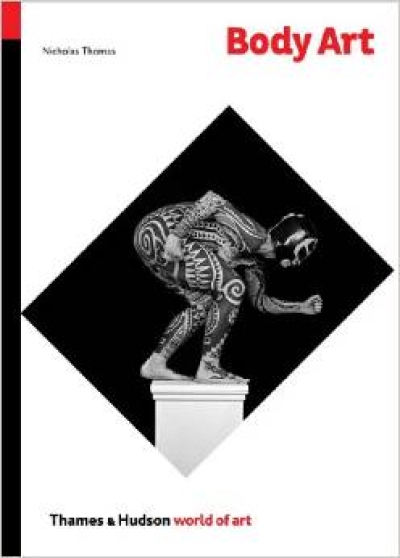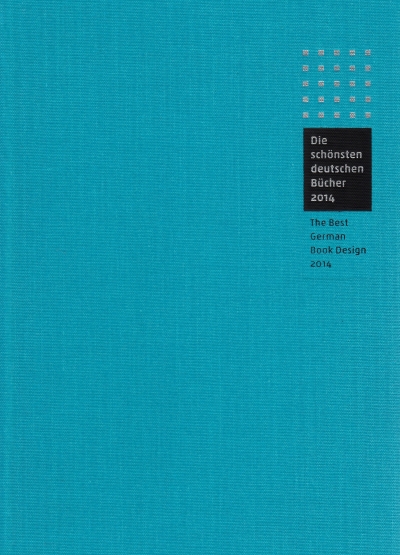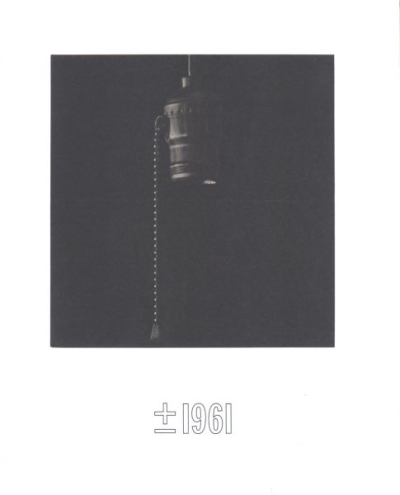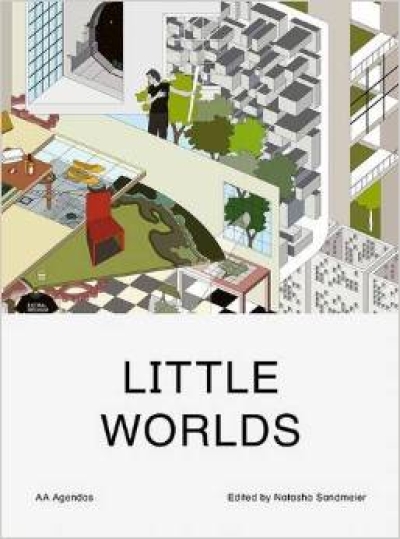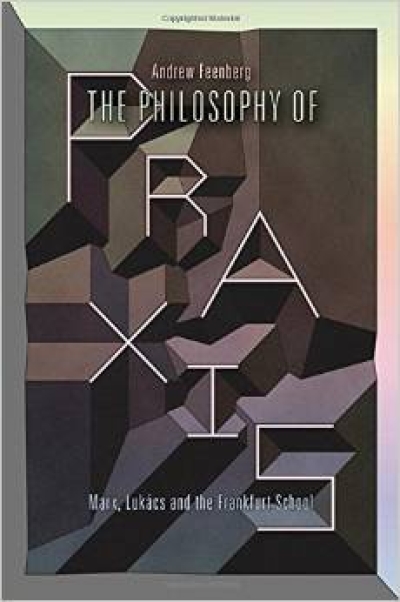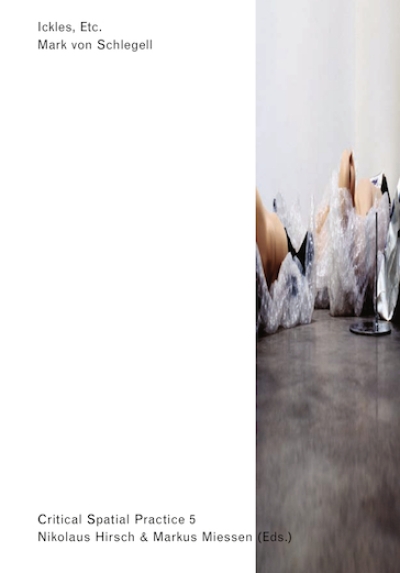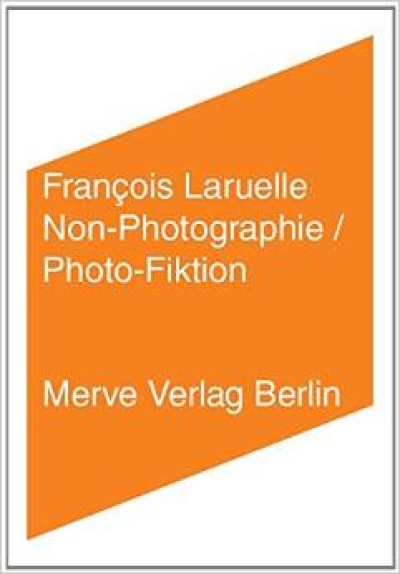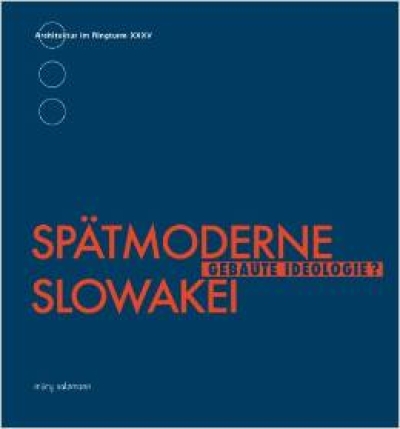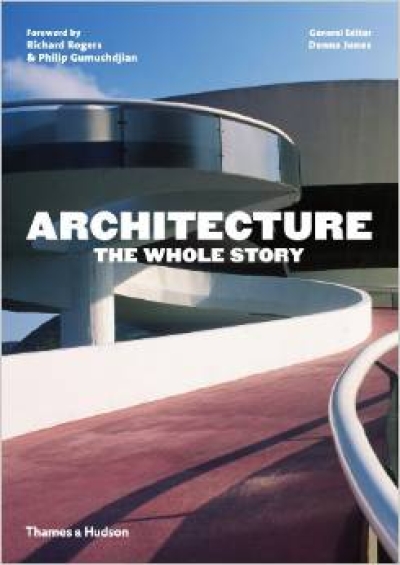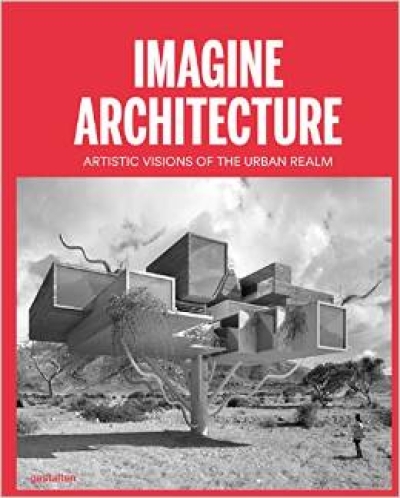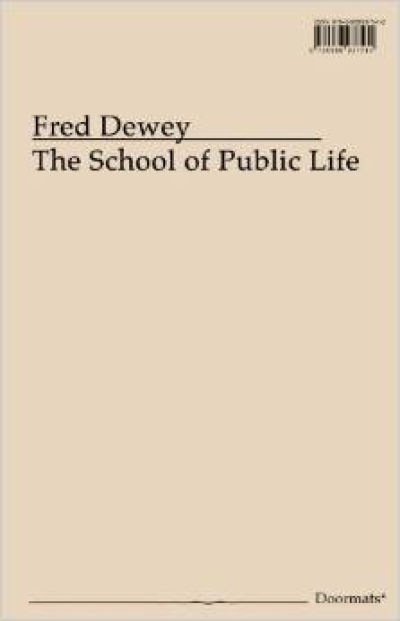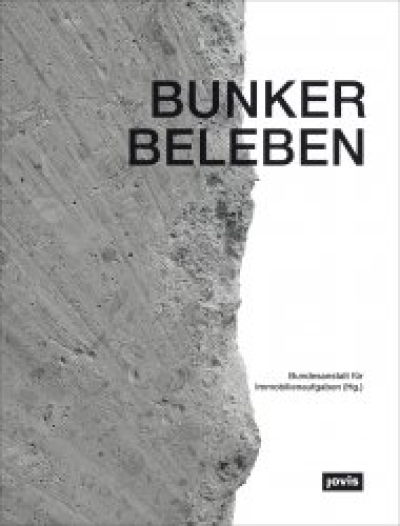
Bunker beleben
Hochbunker in deutschen Innenstädten? Getarnt durch Bemalung oder Berankung, spielen diese Relikte des letzten Kriegs in der Wahrnehmung von Stadt kaum noch eine Rolle. Dabei gibt es bundesweit noch Hunderte dieser Hochbunker, die damit immer noch relevante Bausteine im Gefüge unserer Städte darstellen.
Es gilt – auch im Sinne einer nachhaltigen Stadtentwicklung–, sich intensiver mit dieser architektonischen Ressource auseinanderzusetzen: Wie können gebäudegerechte, innovative Nutzungskonzepte erarbeitet werden? Anhand bereits erfolgter oder geplanter Umnutzungen stellt diese aus einem Forschungsprojekt der Bundesanstalt für Immobilienaufgaben und der Technischen Universität Dortmund entstandene Publikation mögliche Mittel und Methoden vor und gibt damit Architekten, Bauherren und Investoren einen umfangreichen Werkzeugkasten für den baukonstruktiven Umgang mit Hochbunkern an die Hand.
High-rise bunkers in German inner cities? These relics of the last war, tarnished by graffiti or creepers, play a minimal role these days in the perception of the city, even though nationwide there are still around hundreds of these high-rise bunkers, which still represent relevant elements within the city fabric. This calls for taking a closer look at this architectural resource, also with regard to sustainable urban development. How can innovative usage concepts be thought out that are appropriate for the buildings? This publication, the result of a research project by the Federal Institute for Real Estate Management and the Technical University Dortmund, presents possible strategies and methods, based on already realized or planned conversions, which provide architects, property owners, and investors with a comprehensive toolbox for structural approaches to high-rise bunkers.





